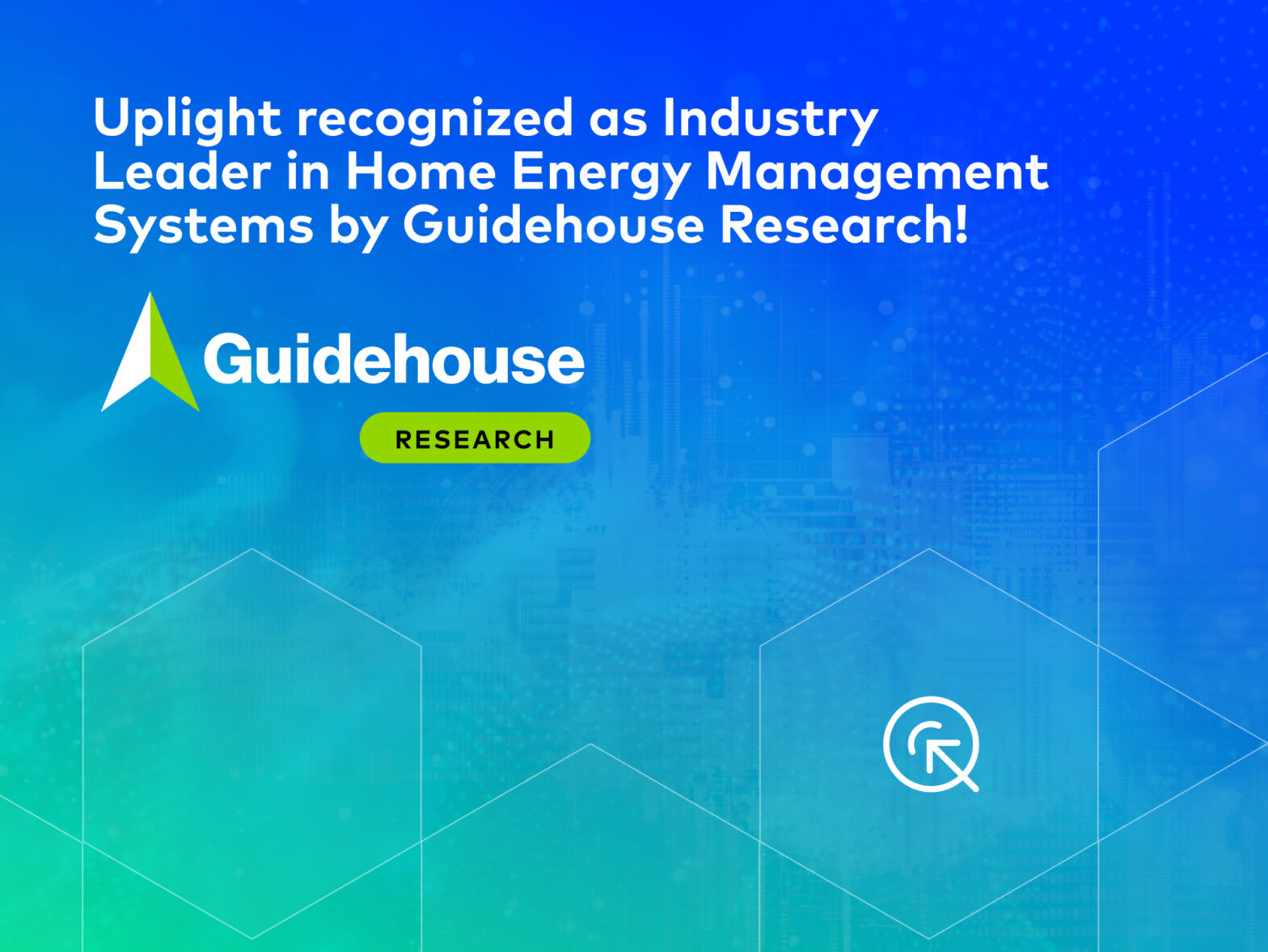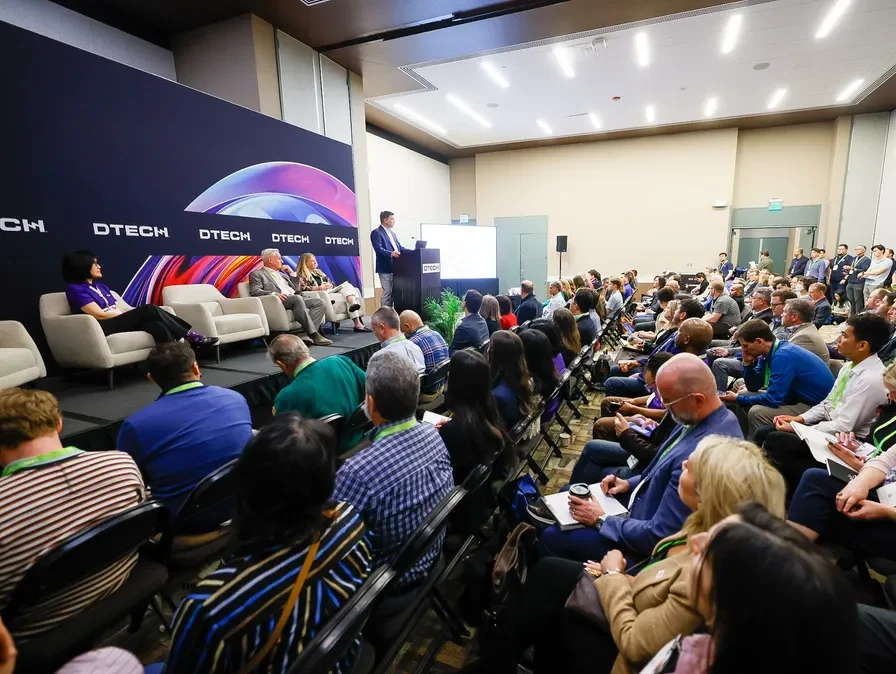As the world shifts towards electrification, utilities are faced with the challenge of managing unprecedented increases in grid demand. According to some experts, like the Brattle Group, fully electrified heating and transportation could add up to 3,000 terawatts to U.S. electricity demand by 2050, nearly doubling electric load. Ensuring that this new load doesn’t strain the grid or result in expensive infrastructure development will require a concerted effort from utilities, regulators, and the industry.
Federal action coupled with utility and state investment in heat pumps is catalyzing an electrification revolution across America. To facilitate this energy transition without burdening the grid, every new heat pump installed should be a managed one, equipped with smart controls and pre-enrolled in a utility demand response program.
Opportunities and Challenges of Combining Heat Pumps with Demand Response
Our latest eBook leverages research and industry reports to draw insights on the opportunities, challenges, and potential impact of managing heat pump load via demand response programs. Read the full eBook to dive into:
- The high cost of inaction: Without proactive management of peak loads, utilities may face costly grid management strategies, with estimates suggesting $50 billion in required distribution grid investments by 2035 in California alone.
- A seasonal shift in peak load: As reliance on electrification of heating grows, there’s likely to be a significant shift in peak load from summer months to winter.
- Why customer education is essential: Most customers do not understand the value of managing load from heat pumps. Ensuring that they are engaged and aware of savings potential is crucial to drive program enrollment.
- The need for standardization: To maximize effectiveness, there should be greater collaboration between State Energy Offices, utilities, aggregators, heat pump manufacturers, and other Original Equipment Manufacturers.
Read our eBook to learn more about the implications of heating electrification on grid load and uncover strategies for coupling smart controls with heat pumps effectively.





